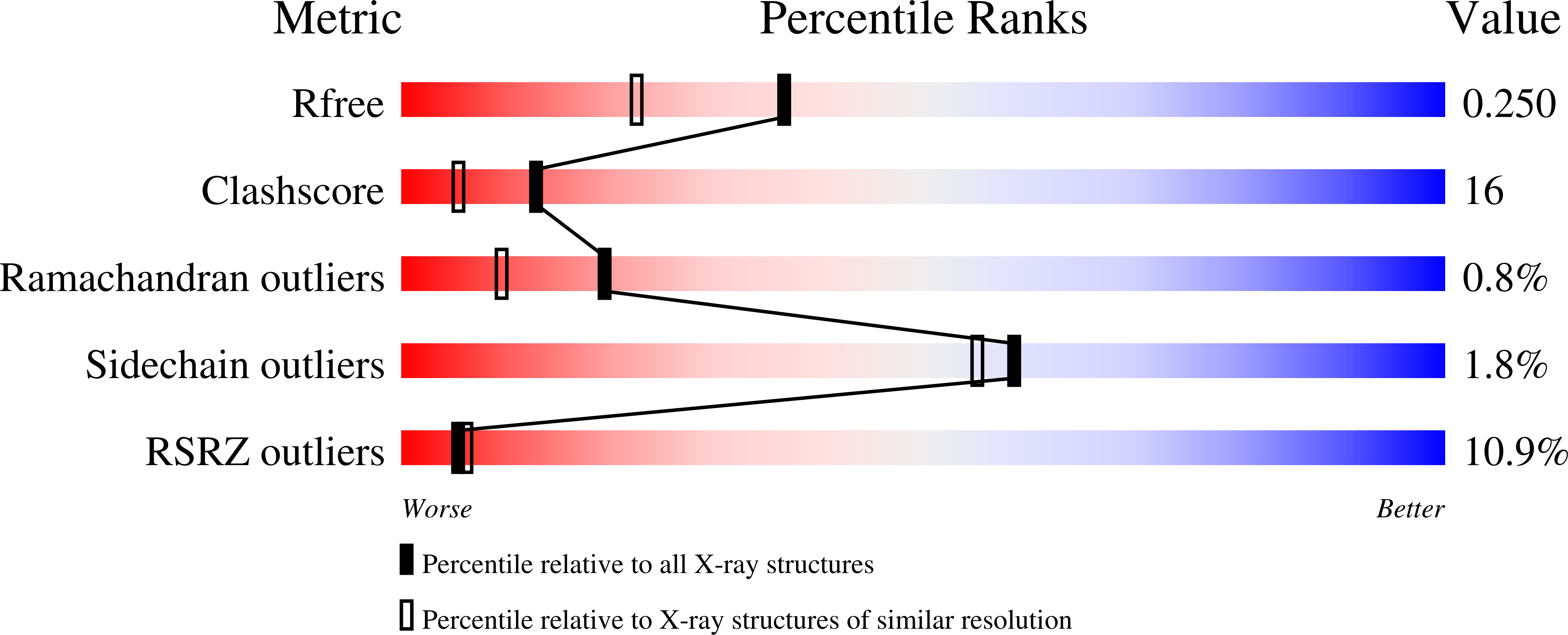
Deposition Date
2005-06-16
Release Date
2006-01-31
Last Version Date
2024-02-14
Entry Detail
PDB ID:
2A07
Keywords:
Title:
Crystal Structure of Foxp2 bound Specifically to DNA.
Biological Source:
Source Organism:
Homo sapiens (Taxon ID: 9606)
Host Organism:
Method Details:
Experimental Method:
Resolution:
1.90 Å
R-Value Free:
0.24
R-Value Work:
0.22
R-Value Observed:
0.22
Space Group:
P 1 21 1


